Draper Natural History Museum
Draper Natural History Museum staff and volunteers conduct long-term ecological research in the Greater Yellowstone Ecosystem and keep up with all the wildlife and science news and issues related to this world-renowned, natural treasure. Keep up with Draper Museum fieldwork and Greater Yellowstone news and information here.
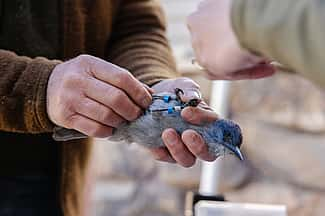
Taking Flight with Pinyon Jays
The Pinyon Jay is named for its characteristic behaviors of both nesting in piñon pine trees and eating their seeds. A relative…
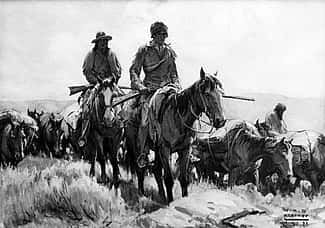
Enduring West: Exploration and its Impact
The American West has always been a destination to explore – by scholars, naturalists, scientists, and others. Discoveries made within the last…
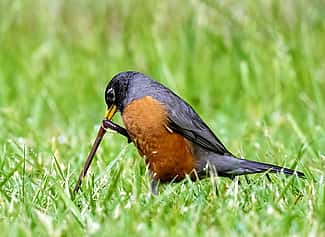
American Robins: Misbeliefs and Facts
The American Robin (Turdus migratorius) may be the most common bird in the USA. They are a frequent sight almost everywhere in…
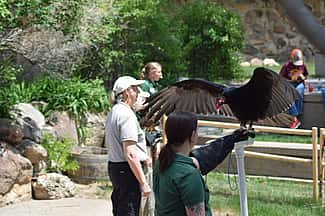
Equipment of a Raptor Handler
Many individuals are fascinated by birds of prey and many facilities do educational programs with their live Avian Ambassadors. Working with raptors…
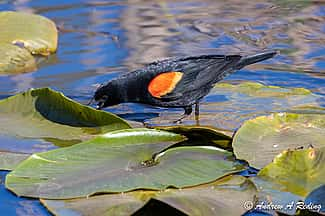
Red-winged Blackbirds: An Early Sign of Spring
Conk-la-ree! I hear it before I see it. Looking up I spot a Red-winged Blackbird (Agelaius phoeniceus) perched in the leafless tree…
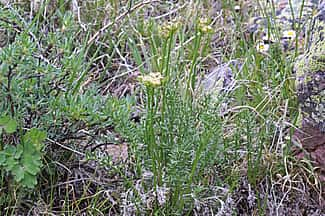
The Herbarium of Erwin Evert
An herbarium is a collection of dried plant specimens useful for both research and education. Each specimen in the collection has a…